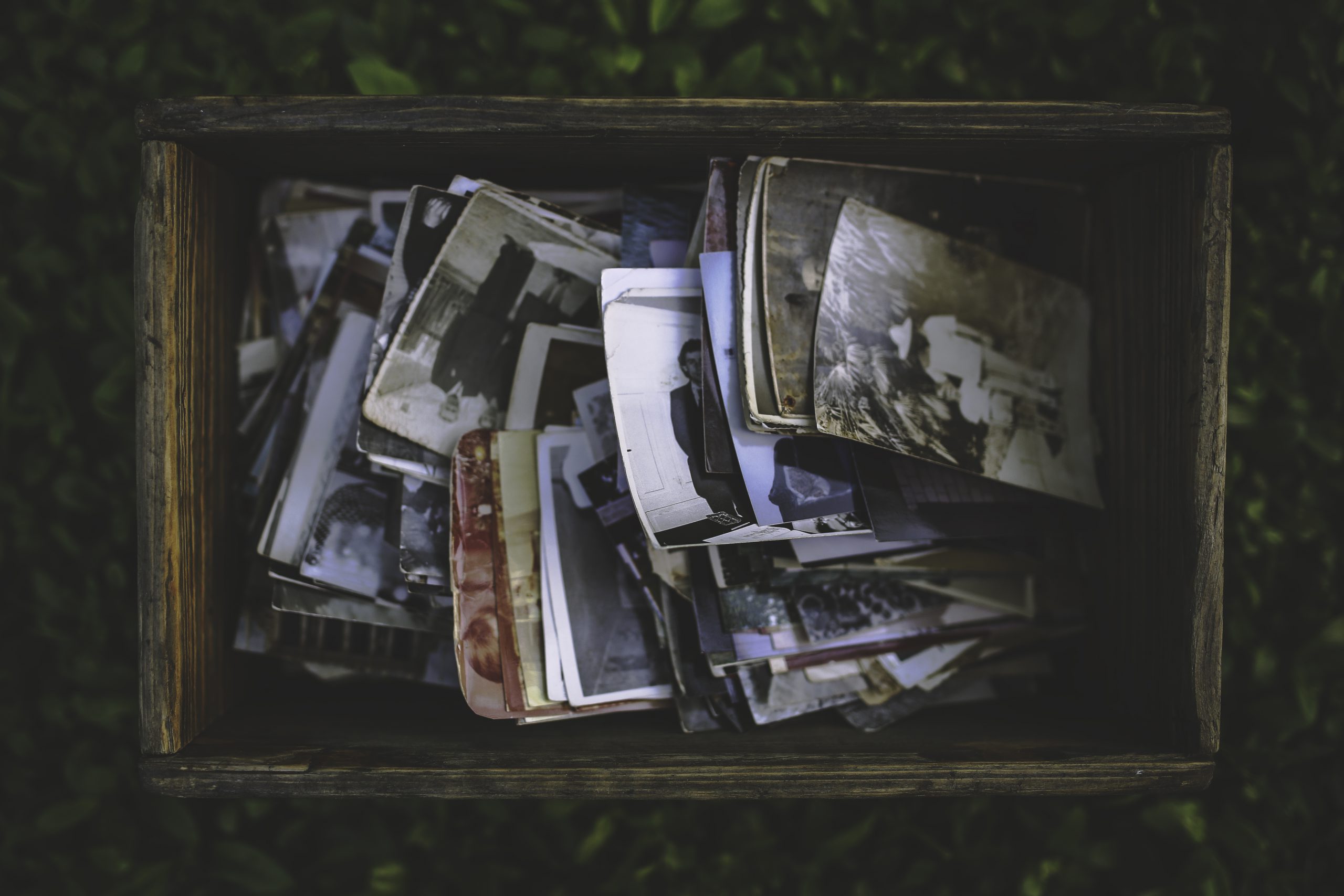*disclaimer: I don’t really like beer.
Risk and Certainty
In 1968, David Pye, then a professor at Royal College of Art in London, wrote a book called The Nature and Art of Workmanship in which he distinguished between two modes of craftsmanship.
- The craftsmanship of risk
- The craftsmanship of certainty
For example, writing with a pen and paper falls under the category of risk because there are many potential points of device and human failure (poor handwriting, etc.). In contrast, pressing the print button on a computer produces an infinitely replicable result with identical fonts. Similar comparisons could be made with any handmade item which has a high degree of risk compared with a mass produced or 3D printed items.
Risk and Creativity
The point of Pye’s categories is not that mass-produced items have no value or are inherently inferior. On the contrary, they often save us money and give us security and stability. Instead he is saying that the reason we tend to be attracted to handmade things is not merely that they are handmade or unique, but because in being handmade, we intuitively sense that they are imbued with the risk of their creator took. Handwritten notes, locally brewed beer and coffee, a child’s painting, or a quilt purchased from an Etsy artist all bear – to varying degrees – that essential quality of risk that grounds the objects and experiences more deeply in reality.
That’s not to say that texts can’t communicate deeply, or that reproductions of art don’t have the capacity to shape the soul, or even that a mass-produced drink can’t nourish the body. It’s merely to give us language – risk vs. certainty – to describe why we tend to feel a connection to things with with a few flaws and why a box of letters can bring a wave of feeling that searching one’s email inbox cannot.
Sadly, marketers have realized this and started slapping “handmade” or “craft” on everything way that they used to label mass produced cookies with “old fashioned” or “homemade.” But the fact that marketers have co-opted and trivialized the idea doesn’t mean we can’t learn from the original concept.
Risk and Love
This is more obvious when we consider that our deepest, most meaningful human relationships also bear this quality of risk versus certainty. When a relationship has a degree of certainty to it, such as neighbors or co-workers, they can still be meaningful and important, but they don’t require that initial risky step that we find in romantic and friendly love.
I remember practicing and practicing that first phone call with my future wife. There was so little certainty and so much risk: Would she say yes? Would the date go well? Would it eventually end the way all the others had, or would it be worth the risk of present rejection or future pain?
More than ten years later, I’m so glad that I took the risk and dialed those 10 numbers, because it has made all the difference in my life.
Similarly when we approach new potential friends or mentors, we are taking a risky first step toward building a relationship, unsure if the result will be rejection, indifference, or something unexpectedly wonderful.
The Christian story of the world also plays on the dynamic between risk and certainty with theologians differing on how an infinitely powerful God who could create with certainty also managed to build risk into his creative work, allowing humanity to embrace or reject him. The most risky communication proposition God could make would be to allow his son to become a fragile child who would grow to be a man and experience sorrow and joy, pain and resurrection.
Imbue Your Communication with Risk
All of this is to say that to create a more meaningful life that bears the image of God, we must learn to communicate love and meaning to those around us, and to do that we must intentionally accept and even embrace risk.
That might mean writing a note every now and again, even if your handwriting is terrible.That might mean inviting people over for dinner even if your dwelling (or cooking) isn’t perfect and could invite criticism. Or it could take the form of playing a game with a group when you know you’ll lose or be terrible at it.
And at the same time, we must learn to communicate a kindness and openness to others that says it’s okay to take risks around you. You might offer needed critique at times that makes your friend’s risk even more valuable, but this must be infused with grace and cultivated over time.
When was the last time you took a risk in your relationship or creativity?

Great post. “Investment” might also be an issue. Why are people who see our ads in the newspaper often portray a higher degree of interest than those who see them on the internet? Because of the personal investment involved. Click a box, quickly put in your name and email – little investment. See a newspaper ad and you have to write down the info and then go call or email. Or you have to put down the paper and go find your phone. In either case, there is more personal investment.
Do you have to say you don’t like beer because you’re at DTS? 🙂
Pam,
That’s a great point about the consumer side of things. Investment matters especially in the “experience economy.”
As for me and beer, DTS no longer has an alcohol policy (rejoice!) – I just find I prefer wine, scotch, and cocktails to beer 🙂
At the last time i took risk in my study are when i have to finish my study as soon as possible.
This is great posting. Thanks for the article. 🙂